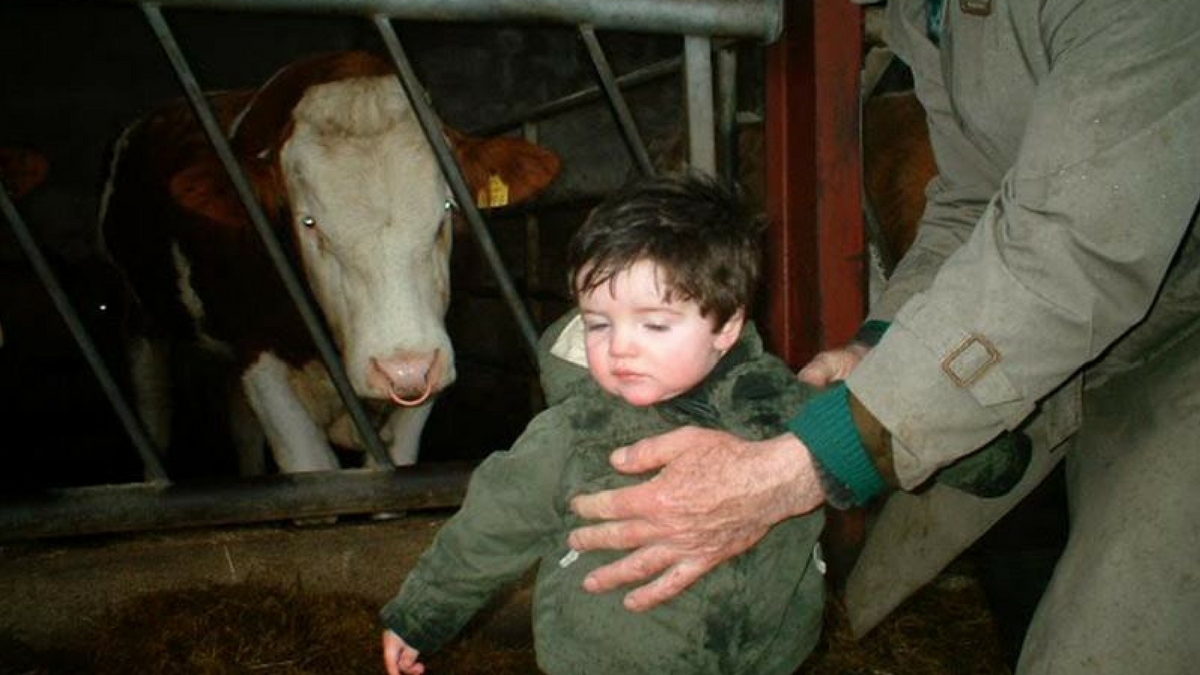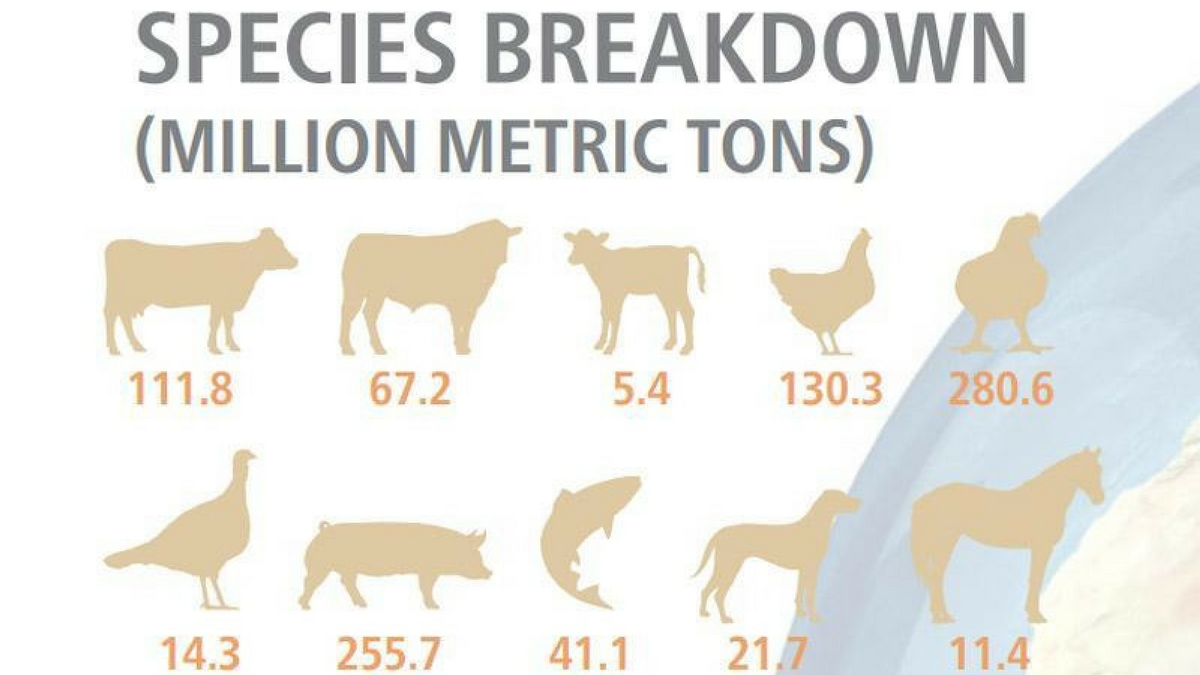General Colin Powell on Being a Leader at Alltech REBELation
This is a guest post from Ryan Goodman. He blogs at Agriculture Proud.
Big ideas. We know the future of food systems, demand and supply continues to grow and evolve, but what are the tools that will get us there? Who are the people who will lead us there? What are the disruptive ideas that will fuel those ideas? Sometimes it takes a REBEL to be a LEADER.
During Alltech’s 2015 international symposium – REBELation, the theme was exploring how to be a leader, bring disruptive ideas to the table and taking advantage or opportunities to move us forward through innovation. Sometimes this innovative leadership is disruptive, but it often brings about fantastic results that make change.
REBELation brought forward a variety of leaders and innovators who all had unique experiences to share. Some of whom I don’t 100% agree with their business practices, which I’ll share more about later, yet they definitely provide great examples for taking advantage of opportunities for disruptive innovation that makes change.
If you’ve ever met Alltech’s Founder, Dr. Pearse Lyons, or even heard him speak, you’ll identify him as a man with passion for what he does. He is an innovative businessman, forward thinker, challenger and a rebel. You never know what to expect he’ll say, sometimes you’ll wonder where he’s going with a point, yet his words often challenge you to think. I’ve attended several of Alltech’s meetings in the past, with trips to Lexington and France, and there’s always something new to take home.
During this year’s REBELation Opening Session, Dr. Lyons left us with a few words of advice that set the tone for our meetings ahead.
Don’t oversleep on your dreams. To be leaders, we must combine urgency and innovation to stay ahead of the curve.
Rebels innovate and are constantly seeking new products and ideas. In order to innovative and creative, you have to fall in love with doing things differently.
What’s your goal? How do you achieve it? Avoid energy vampires. Make sure your dream has purpose and passion. Don’t die with your music still in you, Do what makes your heart sing.
Dr. Lyons goes on to describe qualities of a rebel to include provocateur, firebrand, instigator, motivator, revolutionary. A leader of this type must remain calm and be kind, have a vision but at the same time, be demanding. Qualities which most definitely describe the actions of General Colin Powell, who spoke to the crowd.
I’ve never been one to follow many politics or our country’s war efforts closely, but most would definitely recognize General Powell from his time serving our country and working closely with international leaders. He is a man who has been recognized for his leadership and ability to lead his teams on several occasions, which definitely translated to some great advice as he shared his experiences with us.
A leader must…
- Be confident and have a sense of purpose. This translates to your team’s trust in your abilities.
- Understand what is expected of the leader. Leaders have to understand and convey this to those following.
- Inspire people. People who are inspired are self-motivated.
- Have optimism and confidence.
- Be relevant in today’s world, which often means keeping pace.
- Recognize performance when a job is done well.
- Know how to identify problems and fix them.
- Build bonds of trust in their organization.
- Look at opportunities in the future and know how to deal with risks when they arrive.
- Be selfless, not selfish.
- Execute the plan.
How does this apply to agriculture? As Dr. Pearse Lyons shared with the AgWired team in reference to awarding General Colin Powell with the Alltech Medal of Excellence award, “What is the number one thing missing from agriculture and business today? Leadership, and when I think of leadership, General Powell comes first to mind. He is decisive, courageous and a ‘force multiplier of perpetual optimism.”
Read more on Ryan's blog, Agriculture Proud.
Find out more about Ryan here.

Ryan Goodman




















